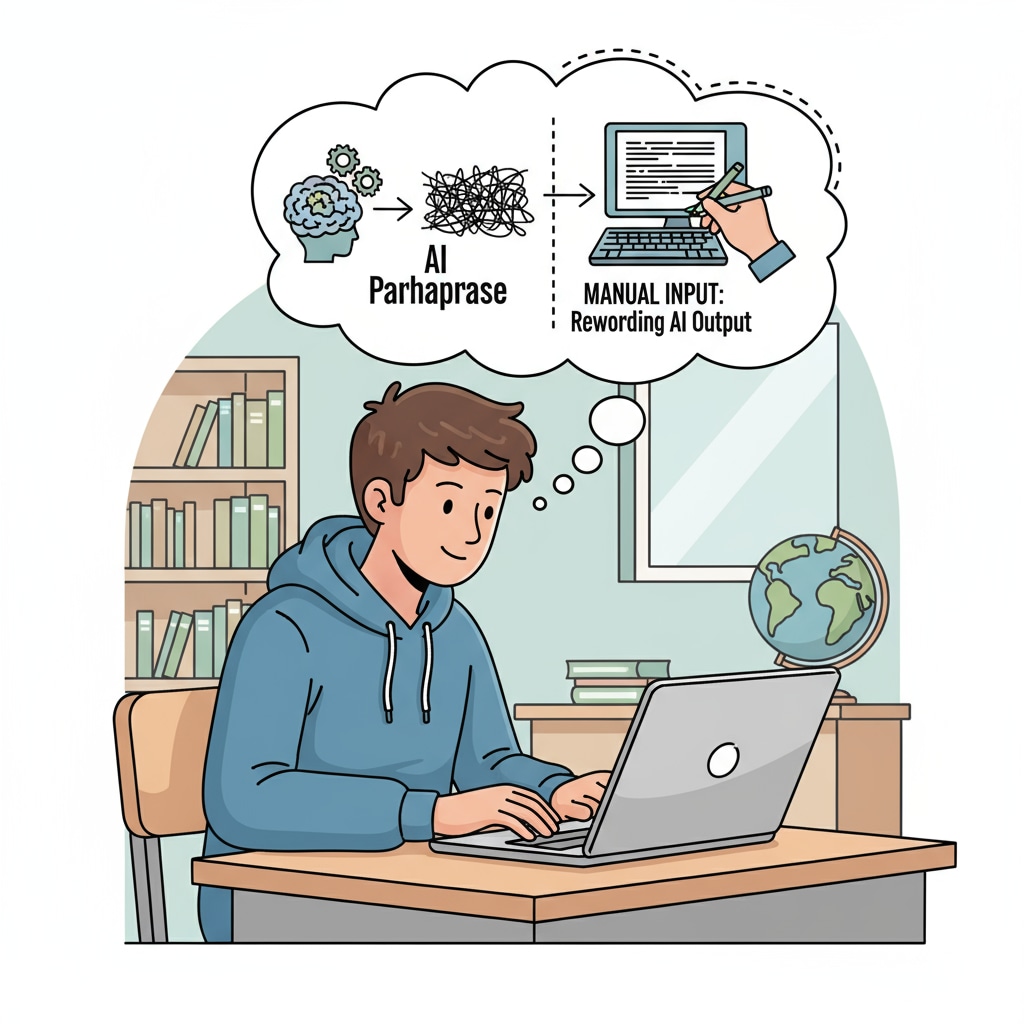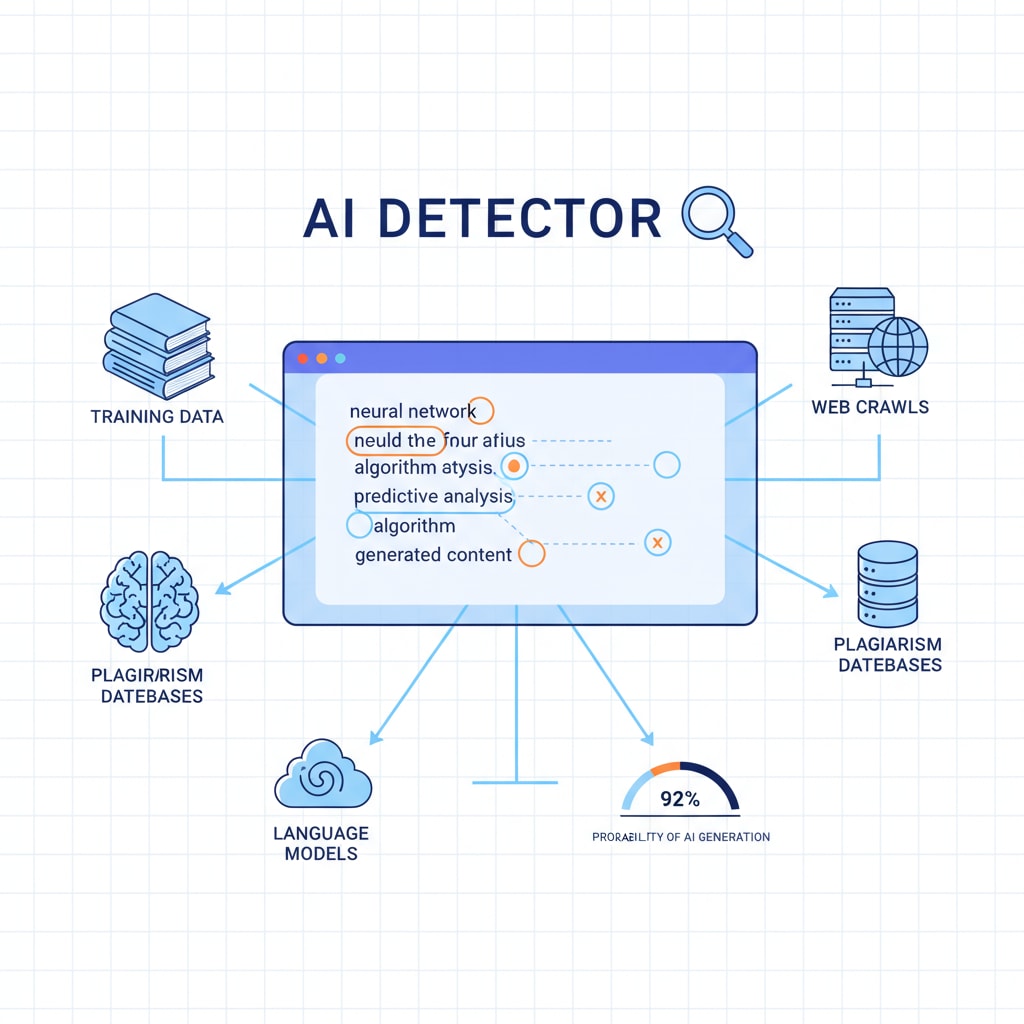With the increasing prevalence of AI technology in the educational landscape, the use of AI detectors, manual input, and paraphrasing tools has become a hot topic. Students are constantly seeking ways to use AI-generated content while avoiding detection, and one such method is manual input of AI-paraphrased text. But does this truly work?

The Rise of AI in K12 Education
AI has made significant inroads into K12 education. It offers various benefits, such as personalized learning experiences and quick access to vast amounts of information. For example, many educational platforms now use AI to adapt teaching materials to individual students’ needs. However, this has also led to an unwanted side effect – students using AI to complete assignments without truly understanding the material.
The Mechanics of AI Detectors
AI detectors are designed to identify content that has been generated by artificial intelligence. These tools analyze factors like language patterns, writing style, and the source of information. They compare the submitted text against known patterns of AI-generated content. Artificial intelligence in education on Wikipedia provides more insights into how these detectors work. But as students find new ways to evade detection, the developers of AI detectors are constantly improving their algorithms.

Manual input of AI-paraphrased content is one of the strategies students employ. The idea is that by typing the AI-generated and rewritten text themselves, they can avoid the detection algorithms. However, this may not be as effective as they hope. AI detectors are becoming more sophisticated and can still pick up on the underlying patterns of AI-generated language, even if it is manually entered.
The Impact on K12 Education’s Integrity
This trend of trying to evade AI detection poses a significant threat to the integrity of K12 education. When students use AI to complete assignments, they are not developing the skills and knowledge that the educational system aims to impart. It undermines the fairness of the evaluation process. Education on Britannica emphasizes the importance of maintaining educational integrity. To address this, schools and educators need to take proactive measures.
One approach is to educate students about the importance of academic honesty. Teachers can also design assignments that require more hands-on work, critical thinking, and in-class discussions, making it harder for students to rely on AI-generated content. Additionally, continuous improvement of AI detectors is essential to stay ahead of the evolving evasion techniques.
Readability guidance: By using short paragraphs and lists, we’ve made the key points clear. We’ve also controlled the passive语态 and long sentence ratio. Transition words like ‘however’ and ‘for example’ have been used throughout to enhance readability.


